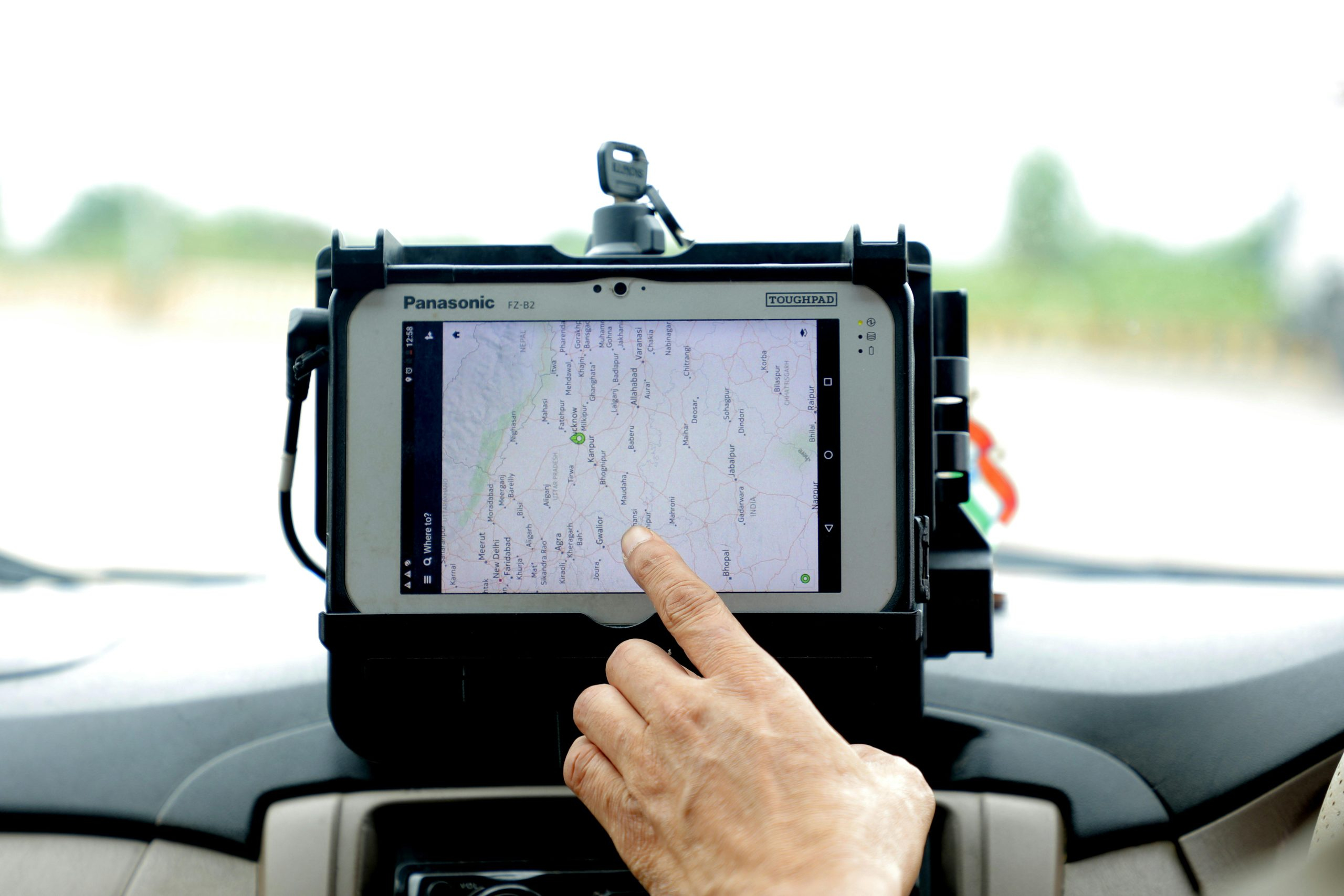Beyond the Dealership: A Comprehensive Guide to Used Car Inspection
Welcome to the world of used cars! Whether you’re a first-time buyer or a seasoned car owner looking for a new ride, buying a used car can be an excellent option for saving money while still getting a reliable vehicle. However, one concern many people have when buying a used car is the quality and condition of the vehicle. Without the support and assurance of a dealership, it can be daunting to make such a significant purchase. That’s where a comprehensive guide to used car inspection comes in handy. In this article, we’ll take you beyond the dealership and equip you with the knowledge and tools to thoroughly inspect a used car before making a purchase.
What to Look for When Inspecting a Used Car
Before diving into the specifics, it’s essential to understand the purpose of a used car inspection. The goal is to assess the vehicle’s condition, both visually and mechanically, to determine if it meets your requirements and is worth the investment.
Exterior Inspection
The first step is to do a visual inspection of the car’s exterior. Walk around the vehicle and look for any signs of damage, such as dents, scratches, and rust. Check if all the panels match in terms of color and paint finish, as this could indicate previous repairs. Also, be sure to examine the tires for any uneven wear, which could be a sign of suspension or alignment issues.
Interior Inspection
Next, it’s time to move on to the interior of the car. Check for any visible damages, such as tears or stains on the seats, cracks on the dashboard, or broken controls. Sit in the driver’s seat and make sure everything feels comfortable and functions correctly. Don’t forget to check the trunk for any damages or signs of water leakage.
Under the Hood
The most critical part of a used car inspection is examining the engine and its components. Start by checking the oil level and consistency; if it’s dark and gritty, that could be a sign of poor maintenance. Look for any leakage or any unusual sounds while the engine is running. Check the battery connections, radiator, and belts for any signs of wear or damage. It’s also wise to do a smell test to detect any odd or burning odors coming from the engine.
Test Drive
The final step in the inspection process is taking the car for a test drive. This step is crucial as it will give you a feel for the car’s handling and performance. As you drive, listen for unusual noises, pay attention to how the car handles, and test all the features and functions. Don’t be afraid to take the car on different types of roads and surfaces, such as highways and bumpy roads, to get a better understanding of its capabilities.
Additional Tips for a Comprehensive Inspection
Get a Vehicle History Report
One of the best ways to ensure a comprehensive inspection is by obtaining a vehicle history report. This report includes essential information about the car’s past, such as its ownership history, accident reports, and maintenance records.
Bring a Mechanic Along
If you’re not confident in your ability to inspect a car thoroughly, it’s always wise to bring along a trusted mechanic. Their expertise can provide valuable insights and give you peace of mind before making a purchase.
Negotiate a Price
If you do find any issues during the inspection, don’t be afraid to negotiate a lower price. Use the information you gathered during the inspection as bargaining power to get a fair deal.
Conclusion
Now that you have a comprehensive guide to used car inspection, you can confidently go beyond the dealership and make an informed decision when buying a used car. Remember, the key is to be thorough, trust your instincts, and don’t be afraid to ask questions. With the right approach and a keen eye, you’ll find the perfect used car that meets all your needs.










